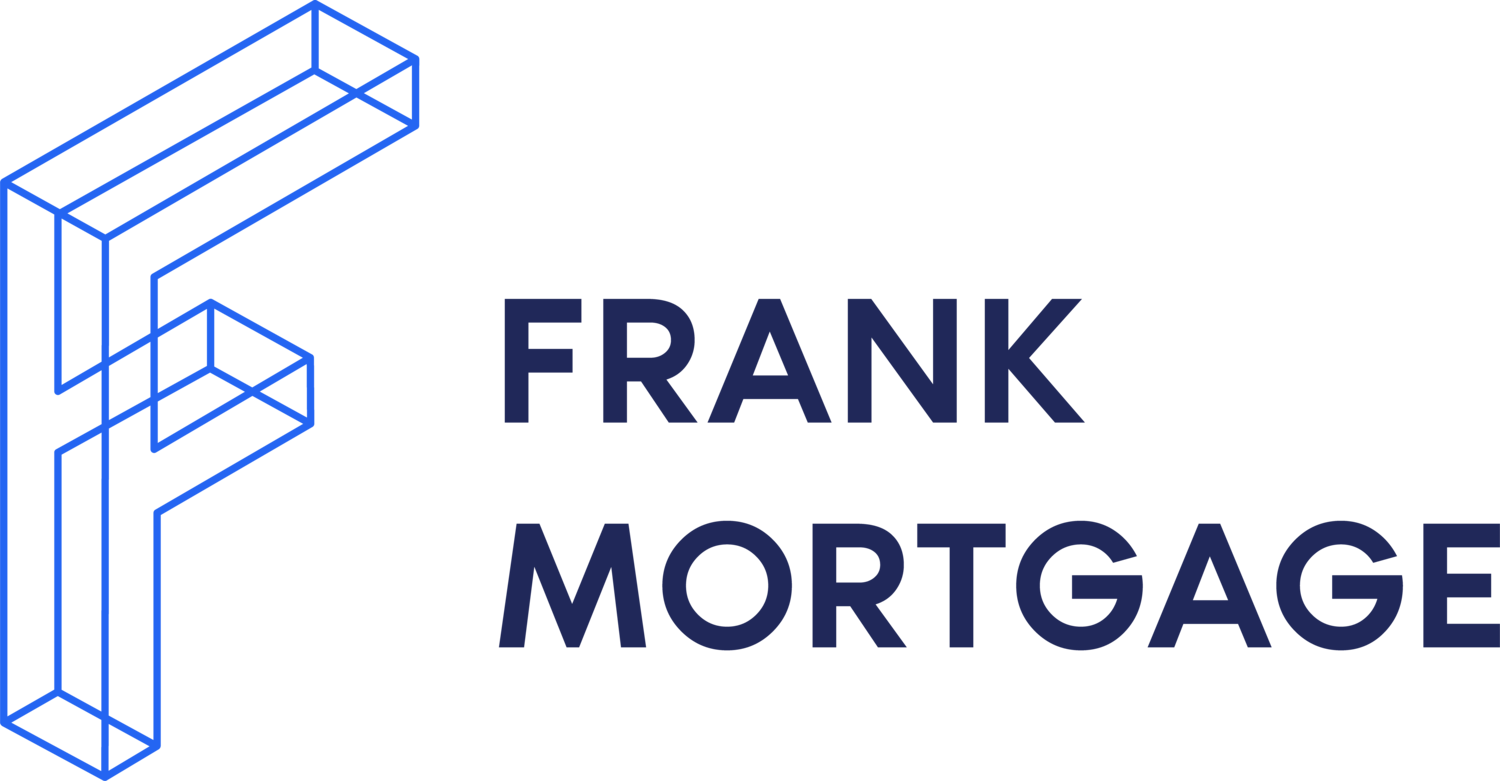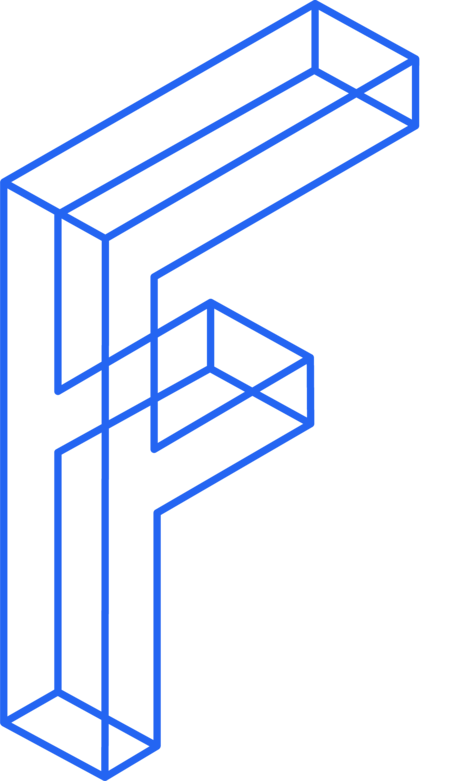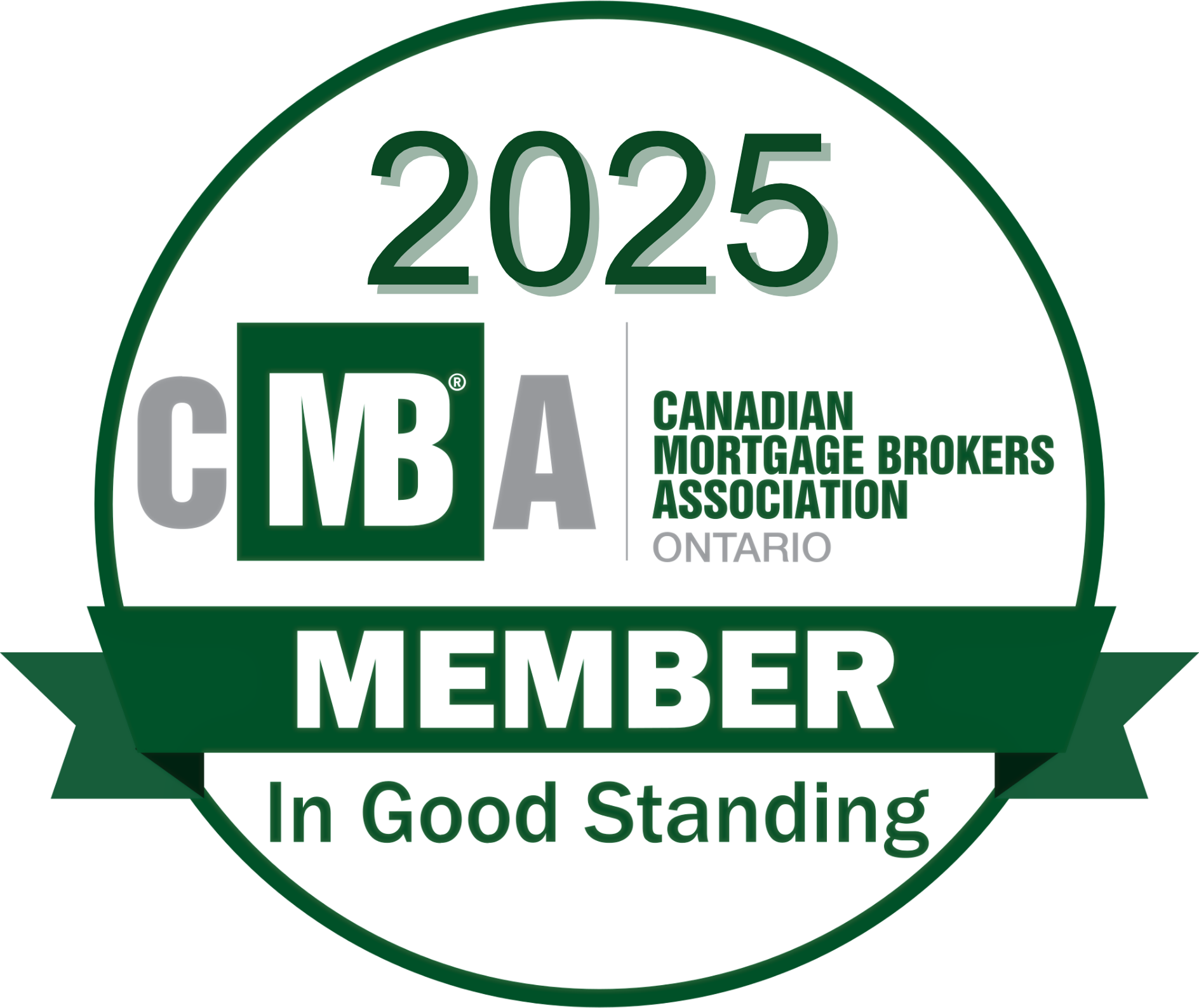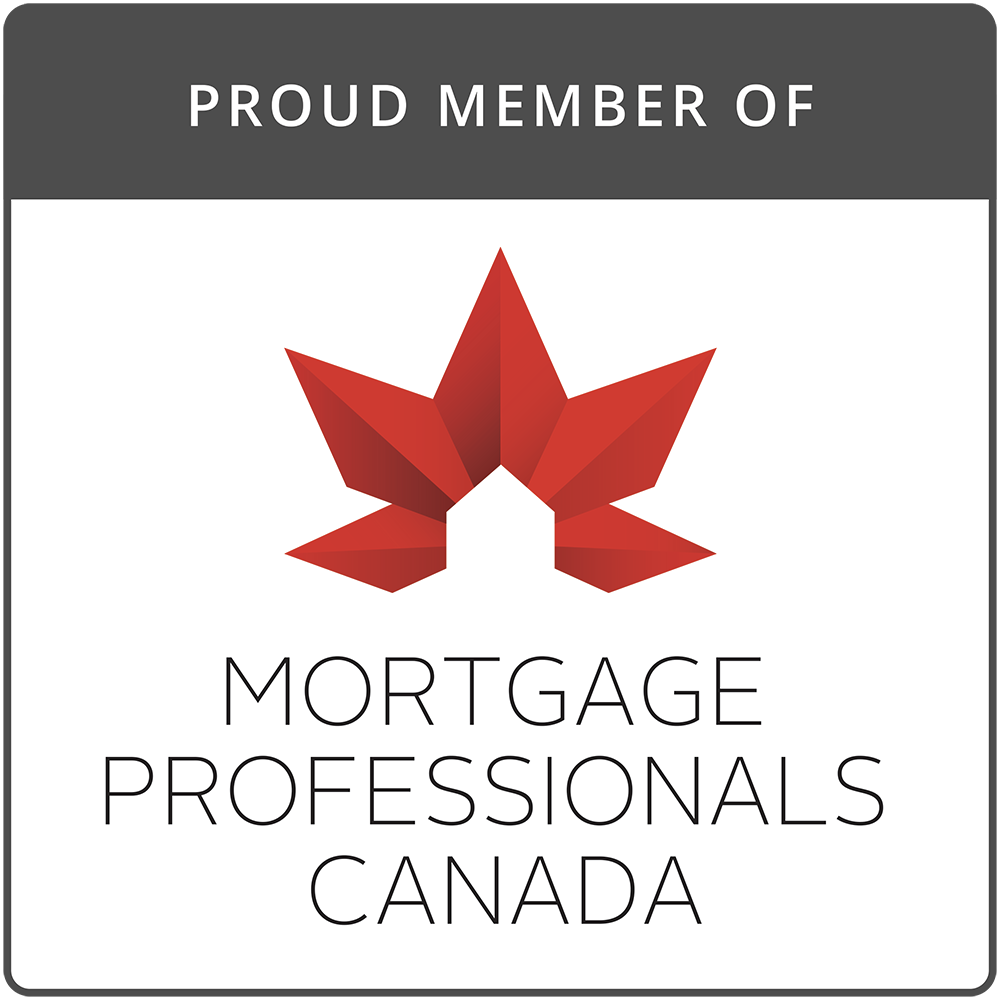What is Mortgage Underwriting?

Picture it: you have pre-approval for a mortgage and you’ve put an offer in on the house of your dreams. That means your mortgage is ready to go, right? Not exactly. If your offer is accepted, you still need to get final approval from your lender to obtain the mortgage you need to actually buy the house.
During underwriting, the lender takes a deeper dive into your finances, the property details, and other information before approving your mortgage. Not only is it a good business practice, it’s also a regulatory requirement. But how does it actually work, and how can you ensure that your underwriting process will be successful? Read on for the lowdown.
What is an underwriter?
Underwriters are credit experts that work at lenders. Their job is to determine how risky it would be to give you a mortgage.
When evaluating a mortgage applicant, an underwriter looks at the “five C’s” of credit. These are:
- Character: How has the applicant managed credit? What is their credit score?
- Capacity: What is the applicant’s ability to repay the loan?
- Capital: What is the pool of assets belonging to the borrower? Do they have a down payment?
- Collateral: Does the value of the property support the loan?
- Conditions: What is the purpose of the loan? How stable are the economy and the job market?
You will be evaluated on all of these factors, so you’ll want to ensure that you provide as much data and supporting documentation as possible. This will help the underwriter make an independent assessment of your overall creditworthiness.

The Underwriting Process
When you received your pre-approval, you likely had to provide a few documents. For the underwriting process, you will be required to provide several other documents to support your application.
You may be required to provide documentation to verify the following:
- Your identity;
- Proof of employment, including a pay stub if salaried or notice of assessments from the CRA or financial statements if you are self-employed;
- Proof that you have the funds (bank statements or investment statements) to make the required down payment and pay any closing costs;
- Information about your other assets, such as investments, other owned properties, cars, etc.
- Information about your debts or financial obligations
Other items your lender might ask for include:
- An appraisal of the home to ensure the property value being used in your application makes sense
- A title search to confirm that the property is free of any outstanding liens
Once a complete file is provided (you’ll want to ensure you are providing the documents within the timeframe the lender has requested), then the underwriter will get down to the review.

Final Approval
In the final step, the underwriter will decide whether to approve, approve with conditions, or decline your application.
If your application is approved, you will be notified of the good news and can then close the mortgage (make sure you hire an experienced lawyer for this step). If you are approved with conditions, you may have to supply more documents before the mortgage approval can be considered final.
If your application is declined, you’ll want to ask the underwriter why so you can improve for next time. You may need to boost your credit score or pay down some personal debts before reapplying elsewhere.
Once the lender has a complete application, including all the documents, the underwriting process can usually be completed in a few days. Keep in mind that every file is unique, and there are many issues that can throw the timing off and cause delays. An incomplete or inaccurate application, stale dated documents, or issues with the appraisal or title search can all delay the timing.
Do’s and Don’ts to Make Your Underwriting Process a Success
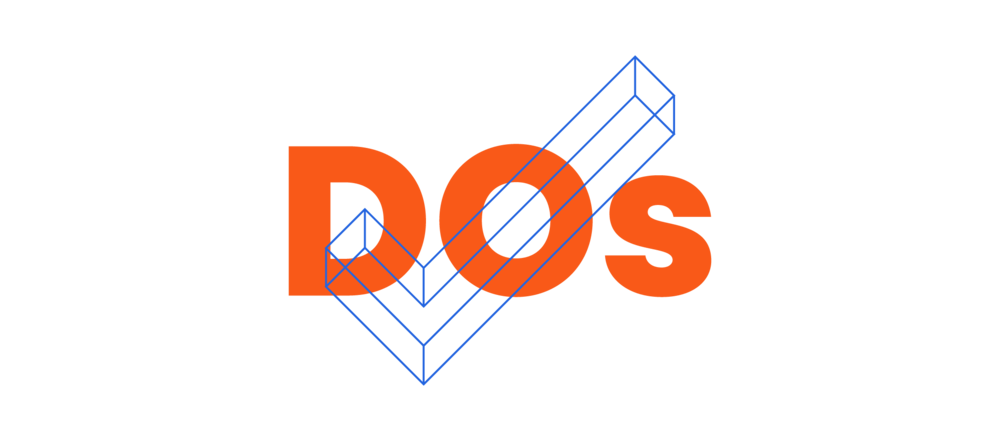
1. Be honest and upfront on your mortgage application. If the underwriting review uncovers misrepresentations about your employment, income, credit, assets or other information, then you will likely be declined.
2. Make sure you have current copies of the required documents. If you provide all documents as required, you make things easier for the underwriter and the underwriting process can run smoothly. If some of the documents are not provided as required or don’t support what you said in your application, this can lead to delays or even being declined.
3. Be timely. Don’t wait until the last minute to provide the documents. Underwriters can get very busy when the market is hot, and leaving things to the last minute may lead to unexpected delays for you.
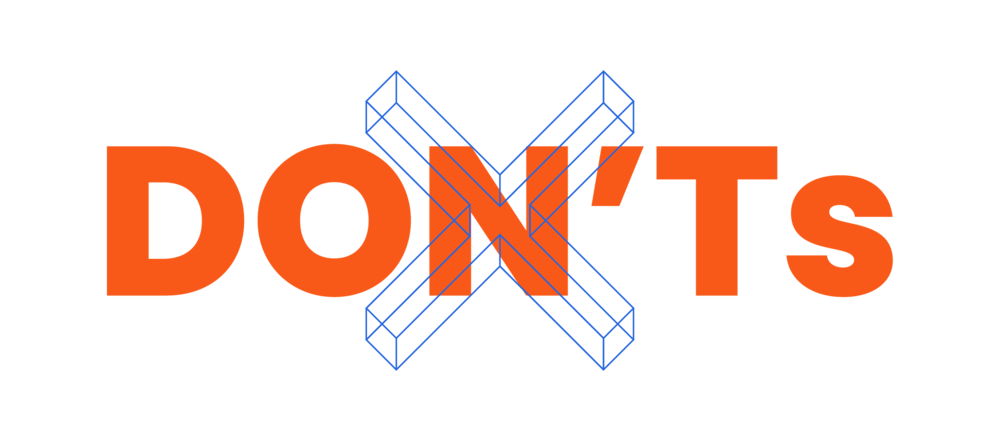
1. Apply for a mortgage at multiple lenders. Not only will this potentially harm your credit score, but many lenders view “credit shopping” in a negative light.
2. Apply for new credit, pay bills late, make large purchases, or close accounts during the application process. Lenders can pull your credit and recheck your finances any time before approving your mortgage and any changes to your financial profile could lead to delays or even a decline.
3. Dismiss any lender inquiries. If your lender requests additional information or documentation, respond as quickly as possible to avoid delays in receiving your approval.
The mortgage underwriting process can feel overwhelming the first time you experience it. Remember that the lender is trying to do the right thing by approving a mortgage that they know is right for you. The good news is that you are a key component to the success of the underwriting process, so being prepared and proactive will help to ease your stress and provide a clearer path to approval.
About The Author

Don Scott
Don Scott is the founder of a challenger mortgage brokerage that is focused on improving access to mortgages. We can eliminate traditional biases and market restrictions through the use of technology to deliver a mortgage experience focused on the customer. Frankly, getting a mortgage doesn't have to be stressful.
Related Posts

